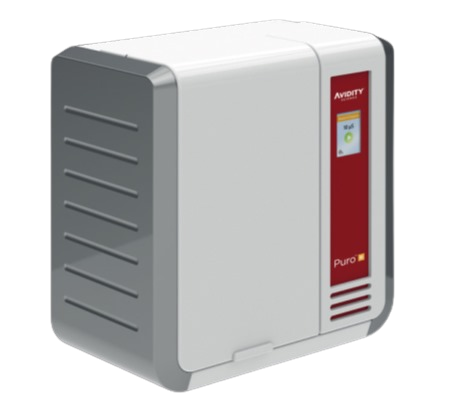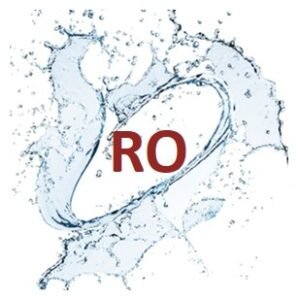
Water Purification
- Home
- Water Purification

Devoted to a Better Lab Water Experience
Categories:
Pre-Treatment [Filtration]
Type 3 Water [Reverse Osmosis (RO) Water Systems]
Applications: Autoclave Feed, Feed To Ultrapure Systems, Sterilizer Feed,Hydroponics, Steam Generators
Type 2 Water [Deionization (DI) / Ion Exchange Water Systems]
Applications: Buffer & Media Prep, Glassware Washing / Rinsing, Sample Dilution & Reagent Prep, Photometry, Protein Electrophoresis, Cytology & Histology)
Type 1 Water [Ultraviolet (UV) Photo Oxidation & Ultrafiltration (UF)
Applications: Molecular Biology, Electrochemistry, Critical Cell & Tissue Culture, (GF) AAS, HPLC, IC, ICPMS, GC, MS, DNA Sequencing, Genomics, Proteomics, Immunology, Pharmacology
Consumables & Accessories
PRE-TREATMENT
Filtration
TYPE 3 WATER

Reverse Osmosis (RO)
This is the most economical method of removing up to 99% of feed water contaminants. During natural osmosis, water flows from a less concentrated
solution through a semipermeable membrane to a more concentrated
solution until concentration and pressure on both sides of the membrane
are equal. In water purification, external pressure is applied to the more
concentrated side of the membrane to reverse the natural osmotic flow. This
forces the feed water through the semipermeable membrane. The impurities
are deposited on the membrane surface and flushed to drain.
TYPE 2 WATER

Deionization (DI)/Ion exchange
TYPE 1 WATER

Ultraviolet (UV) photo oxidation at 254nm and 185nm
Photochemical oxidation and ultraviolet light eliminate trace organics and inactivate microorganisms in feed water. The 254nm light reacts with bacterial DNA resulting in denaturation. The 185nm light breaks up long chain organics which can then be removed from the water by ion exchange.
Ultrafiltration (UF)
Ultrafiltration is used to remove pyrogens (bacterial endotoxins) and nucleases. This process is critical when producing water for use in tissue or cell culture and media preparation. Ultrafilters use size exclusion to remove particles and macromolecules. Ultrafilters are usually employed at the end of the system to ensure near total removal of macromolecular impurities like
pyrogens, nucleases and particulates.


GET A QUOTE
- #80, 6th Block, 2nd Main, BEL Layout, Vidyaranyapura, Bengaluru - 560097
- #80, 6th Block, 2nd Main, BEL Layout, Vidyaranyanyapura, Bengaluru - 560097



